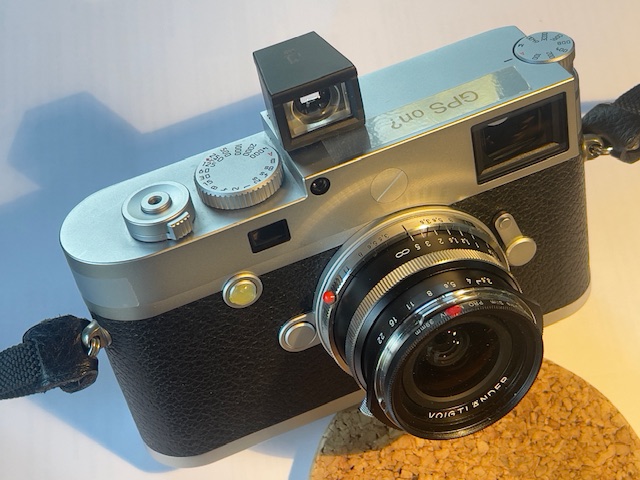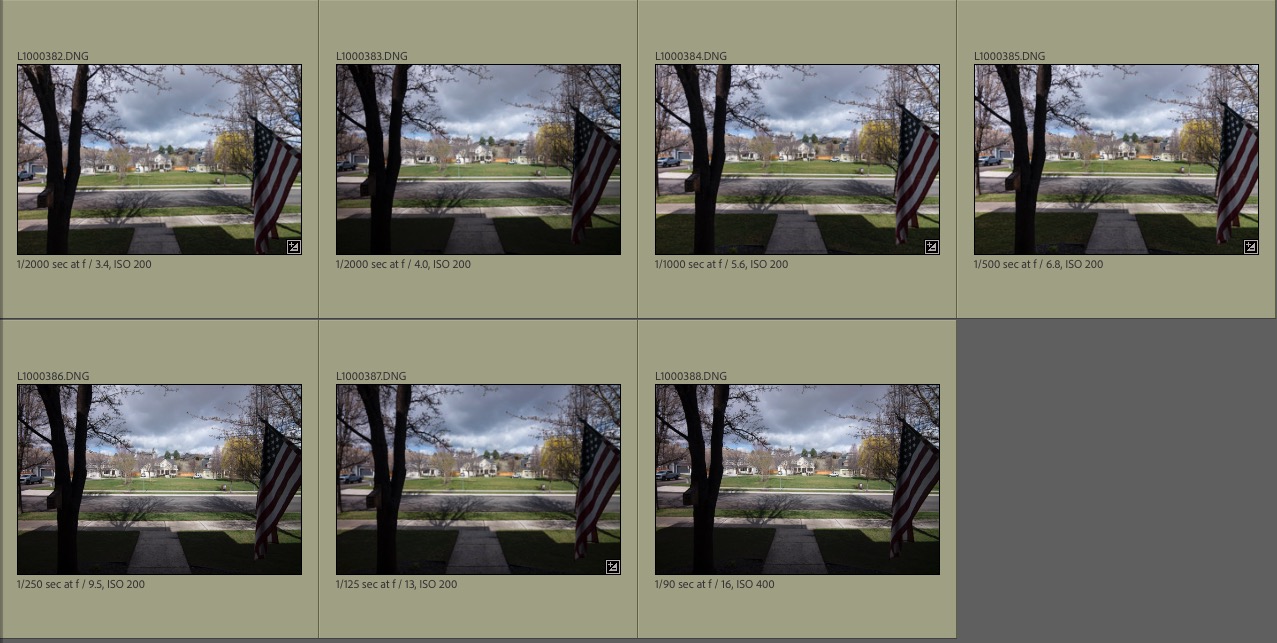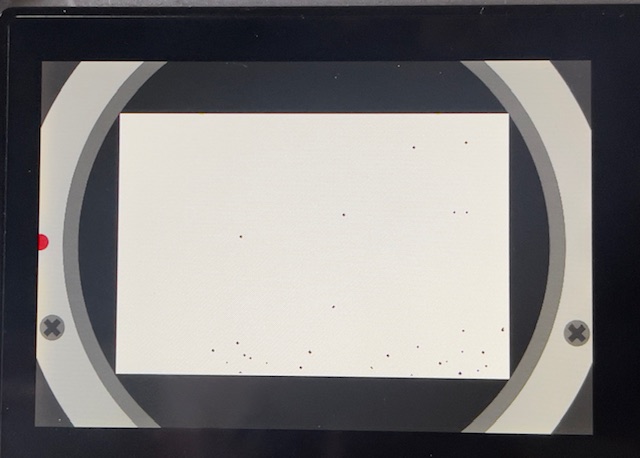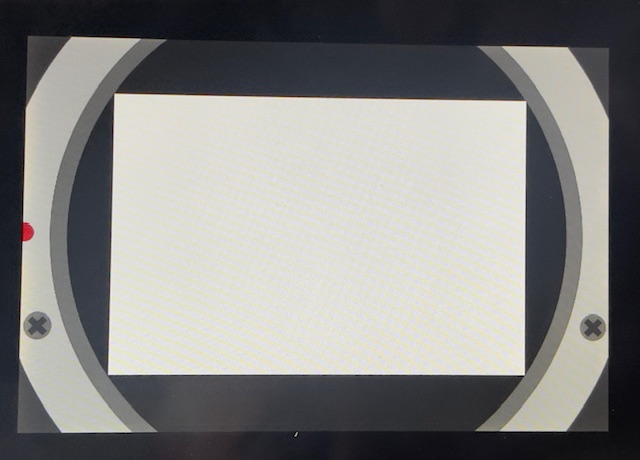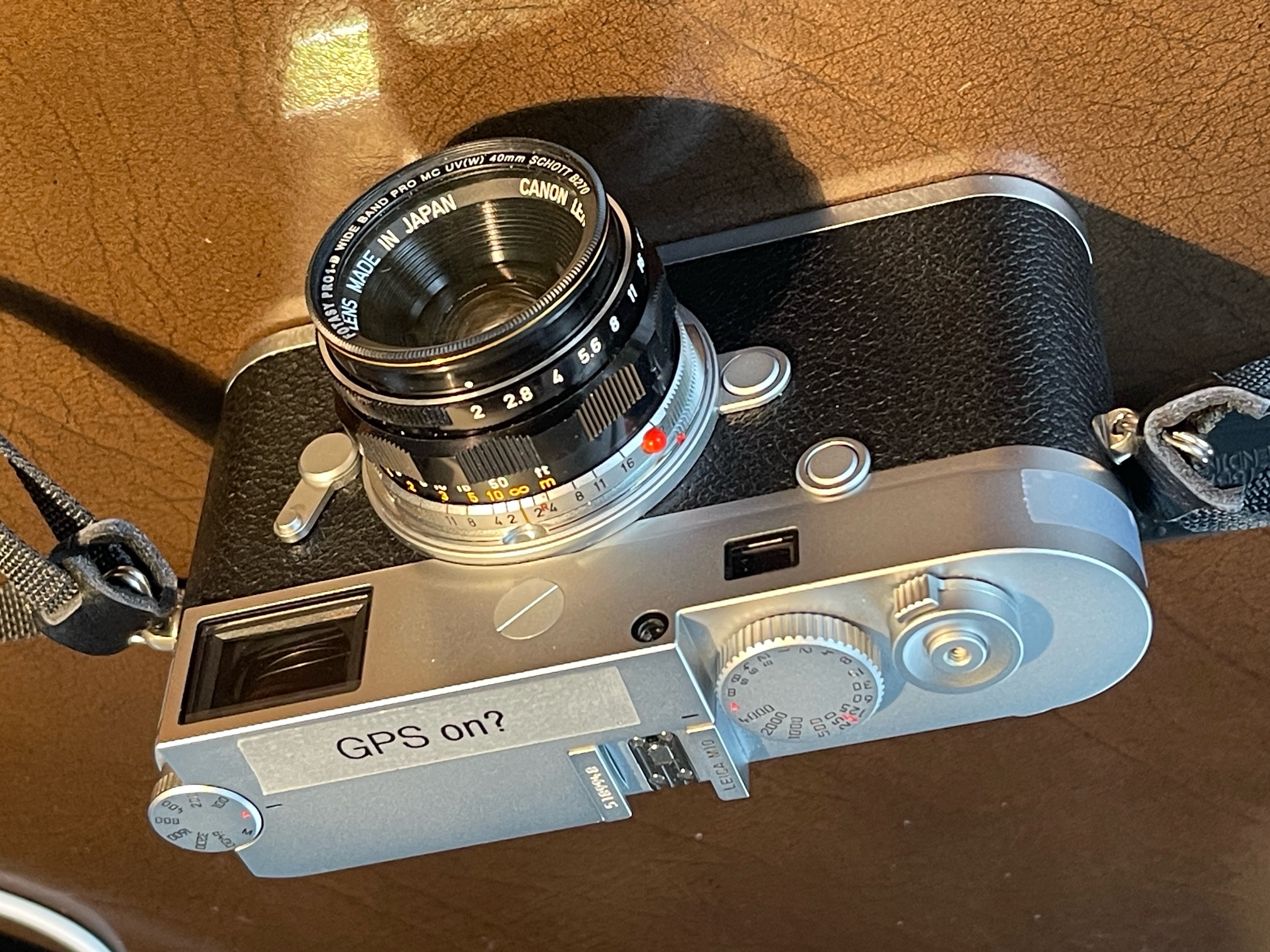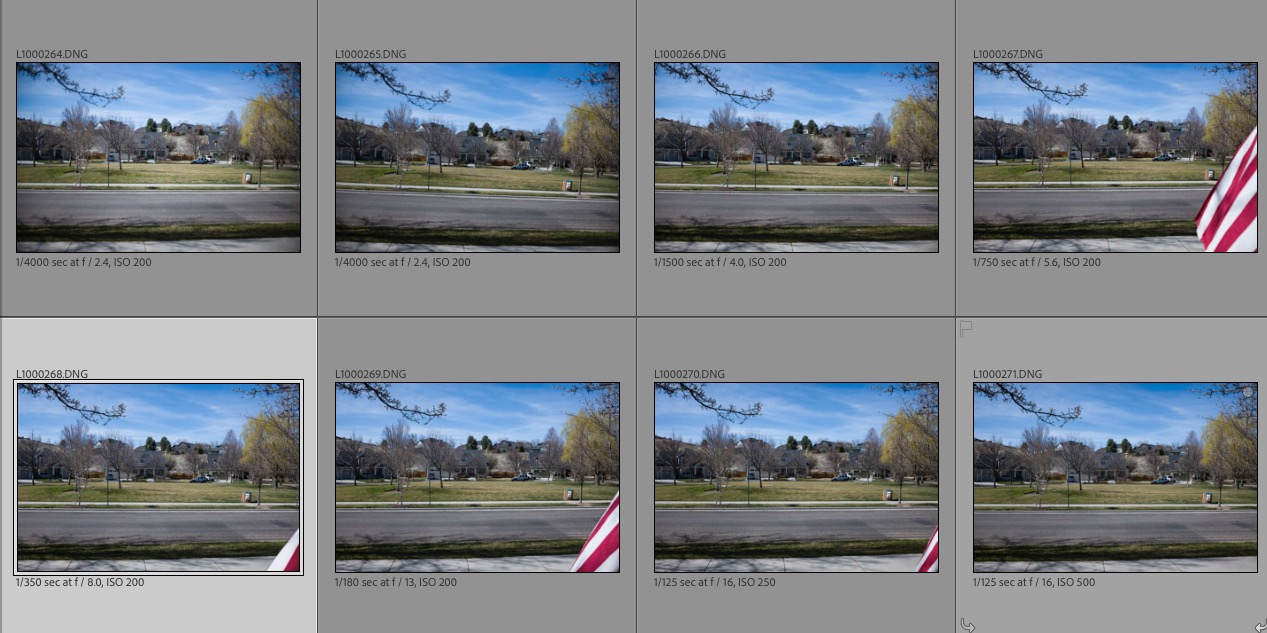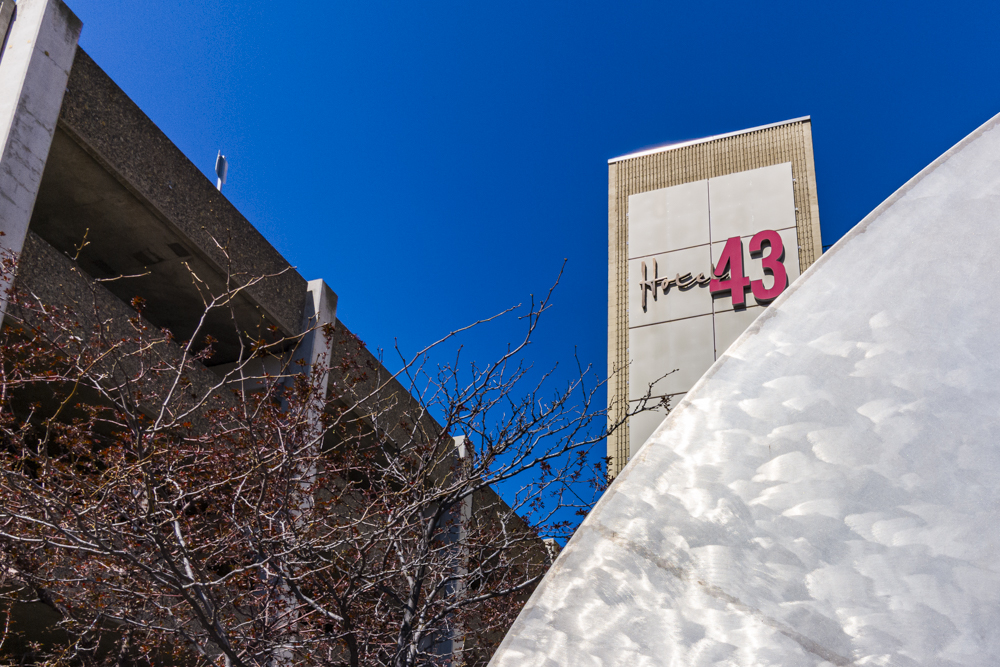Not great, but it will do.
For an index of all Leica-related articles click here.
One common criticism of the Leica M10 is that the battery life is poor. When Leica finally slimmed down the M240 predecessor, which used an 1800mAh battery (meaning it could deliver 1.8 amps for one hour) the battery had to be smaller to work with the new svelte body which finally reverted to dimensions close to those of the M3. Battery life dropped a startling 39% to 1100mAh. But that raw statistic fails to tell the whole story as it’s reasonable to think that electrical efficiency of the M10 was improved as new components found their way inside the now once more beautiful body.
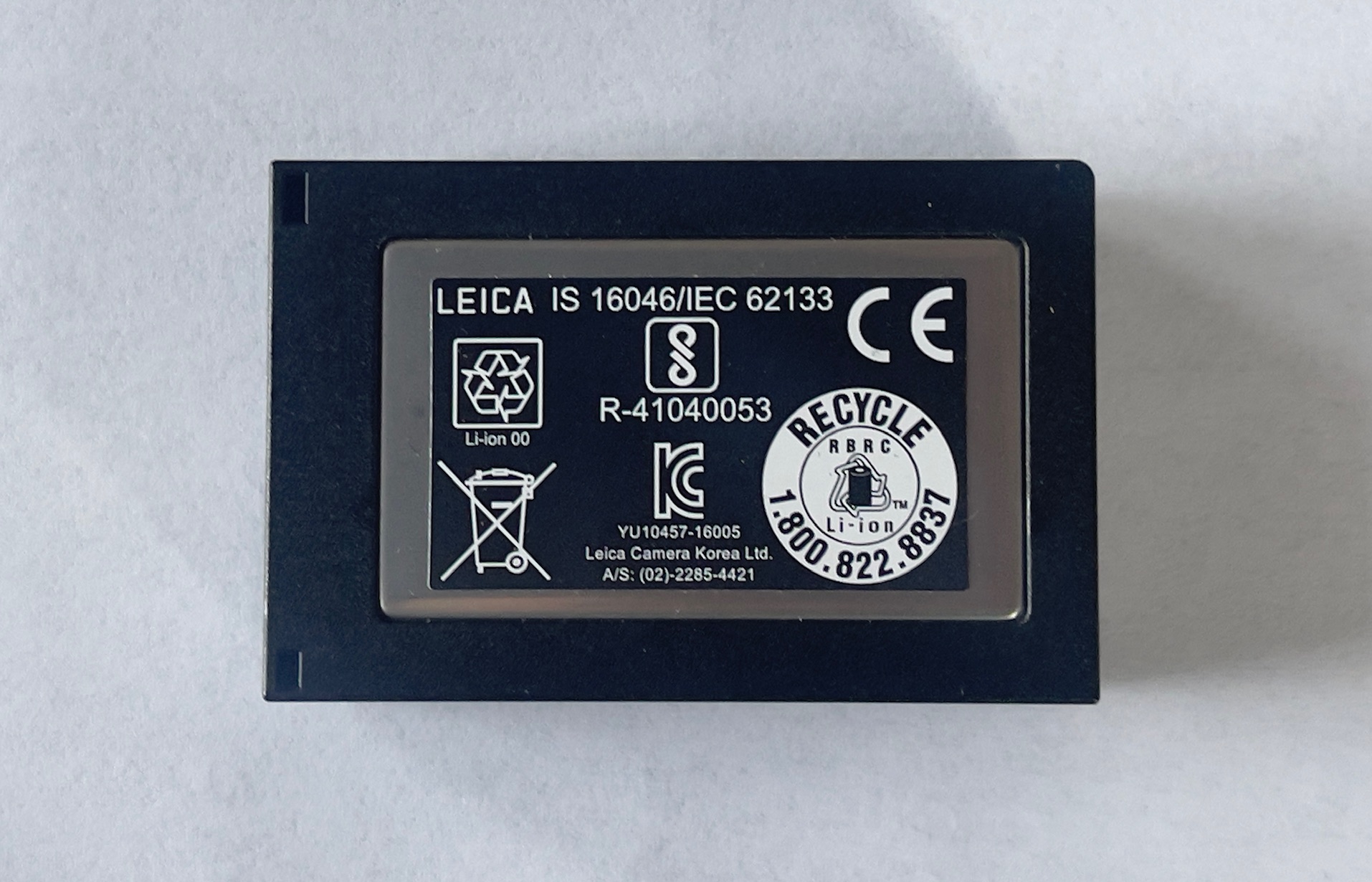
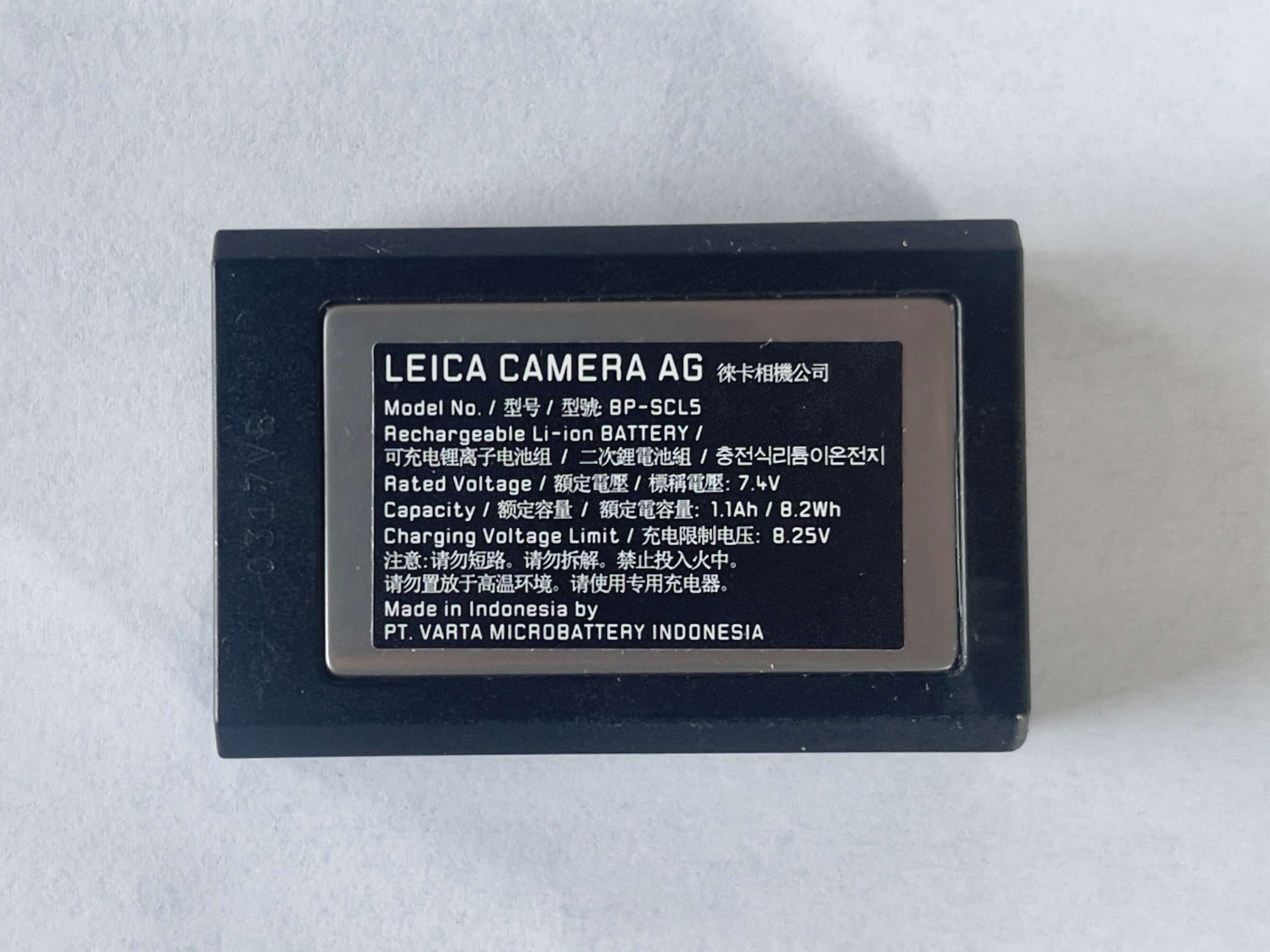
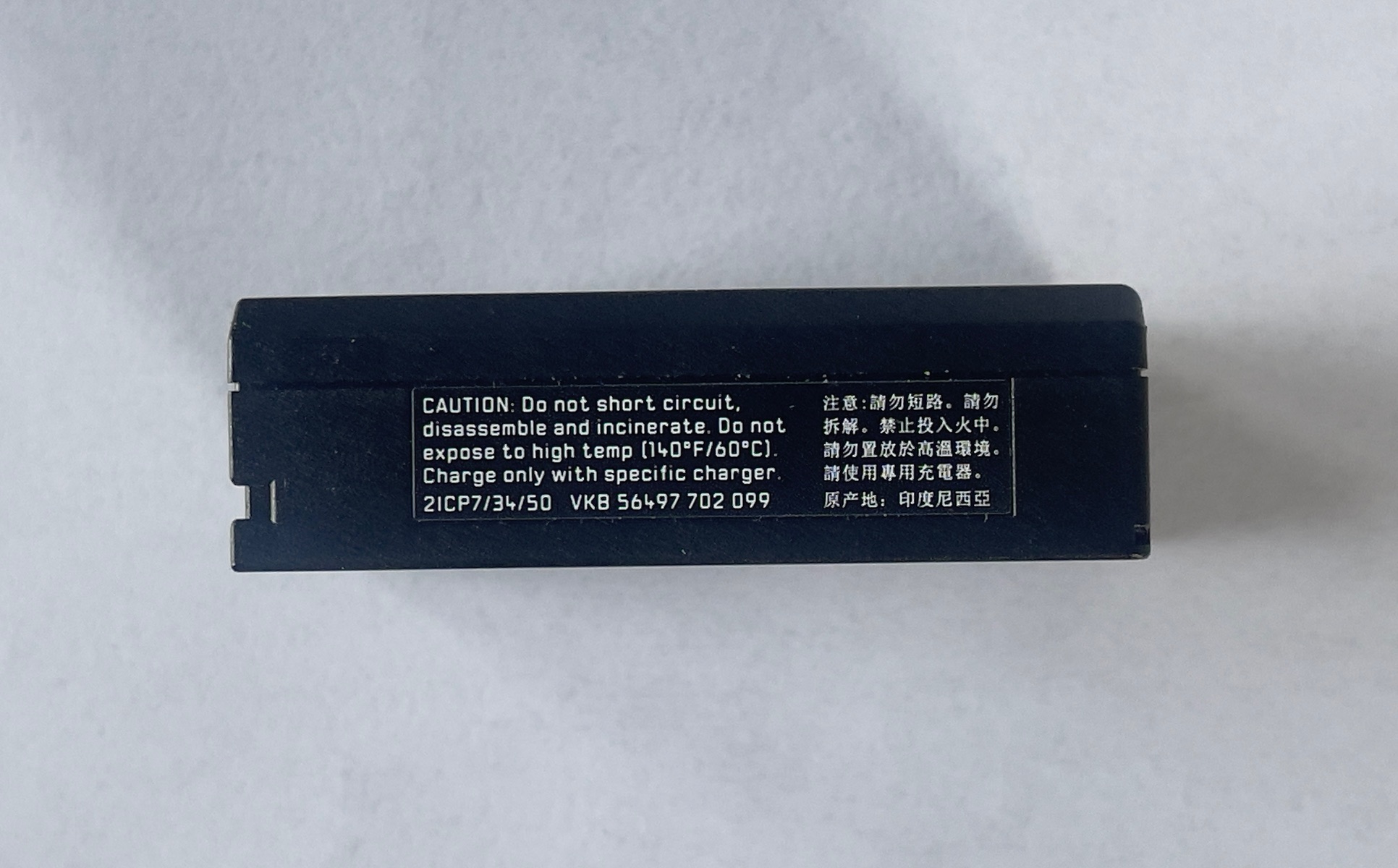
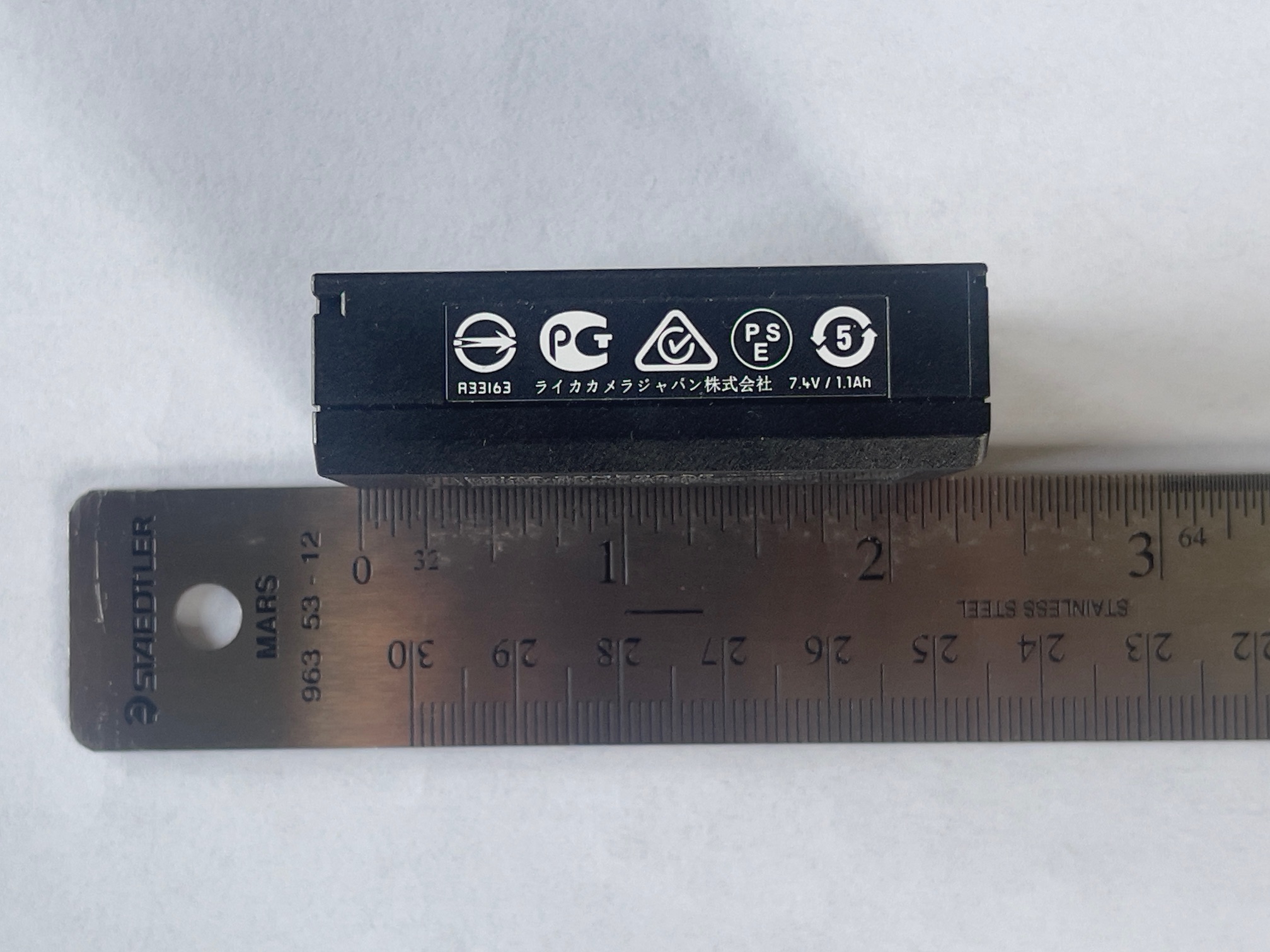
The Leica BP-SCL5 battery. Made by Varta in Indonesia.
Or is it Korea? I can find no indication of age.
Leica states “Batteries have only a limited service life. We recommend replacing them after around four years” (Manual p.203). Mine must be between 4-8 years old based on the years the camera was made, but still seem OK. This, especially at $200 a pop, is a ‘run it until it drops’ scenario.
Nonetheless, I confess to having been troubled by the small current capacity of the BP-SCL5 lithium ion battery which is still listed at B&H, though ‘Back ordered’. My mint M10 came with two original batteries and both appear to hold a charge well. There are no aftermarket alternatives currently. At first, to conserve battery life. I set the sleep time to the lowest setting, which is 2 minutes. After this time a first pressure was required on the shutter button to wake the camera, a process that takes some 2 seconds. Not good if you are street snapping and have to let one off – if you know what I mean – from the hip. And the shutter response of any M camera, film or digital, is known to be among the fastest ever made, so you want the camera ready at all times. So I decided too see how quickly a fully charged battery drained if the sleep timer was set to ‘off’, meaning the camera is always instantly ready but is using power to illuminate the finder frames and keep the rest of the electrical system primed for action.
After turning the camera on with sleep ‘off’, I checked the LCD at half hour intervals to see the charge remaining. The charge is displayed in 5% intervals so 50%, say, could well be 46% worst case, but you get a reasonably accurate set of data using this approach. I found that the battery lost 5% of its power every 30 minutes until it was completely drained 5 hours after start-up. The loss rate was linear.
Once the battery is drained the finder displays ‘bc’ when the shutter button is depressed, power being provided by the separate small rechargeable battery used to keep the time and date current. (That internal battery lasts 2 months if no main battery is installed. I shudder to think of the replacement cost, as replacement presumably requires partial dismantling of the camera). Now this is not a real world test as no pictures are being taken during the 5 hour discharge period.
Therefore I took the camera on walkabout, a session which lasted 66 minutes and saw the reported capacity fall to 80%. Worst case that means 76%. Extrapolation of battery life is easy given the linear rate of discharge noted previously. In that time I took 52 pictures which figures to a battery life as follows. I never used the LCD:
- At 80% displayed, best case = 260 pictures (52/(1-0.80)). 5 hour life.
- At 76% worst case = 216 pictures (52/(1-0.76)). 4.1 hour life.
- The average is 238 pictures – or almost 7 rolls of film
So use of the camera compared with just leaving it unused but turned on makes relatively little difference to battery life. That means 5 hours if inactive but not sleeping and at least 4.1 hours in use with no sleep.
With my usage pattern that’s enough for more than a day’s work and with a spare in my pocket you can double those numbers. I do not recall snapping more than 3 rolls of 36 exposure film in one day over the past 50+ years. 7 rolls in a day is unlikely to ever happen, let alone 14 with the spare on hand. Having learned photography as an impecunious student I learned to never waste film and that habit remains in the digital age.
Here’s a perfect example of why the 2 second ‘wake from sleep’ delay is unacceptable in street snapping. This opportunity popped up right in front of me as the owner grabbed a handful of kibble to feed his beautiful golden retriever. I had to swivel and snap from the hip. 2 seconds later the picture was gone:

Feeding the pup. Leica M10, 35mm Canon LTM at f/8.
In conclusion, if you are a 5 images per second shot gunner using the M10 you should probably carry a spare battery or two. For sane photographers the M10’s small battery is just fine. With sleep disabled and taking one picture a minute the battery is good for some 4 hours and 250 snaps. Unless you are seeking to emulate garbage like that put out by the sainted Gary Winogrand in his later years, you should be OK.
In the M11 the battery grew in size again, reverting to the 1800mAh capacity found in the M240, likely attributable to further miniaturization of the innards of the camera. But paying twice the price of a mint M10 for this ‘nice to have’ feature does not solve for this snapper. Plus now instead of having to remove the baseplate to access the SD card you have to remove the battery. As the French would have it, ‘Plus ça change, plus c’est la même chose.’
The out of stock situation:
The fact that B&H shows the battery as being out of stock prompted me to check global listings for availability, and there is none. So it appears we have a replay of the M240 battery scandal where Leica has ceased manufacturing the battery four years after discontinuing the camera, essentially bricking an $8,000 piece of hardware. There is no aftermarket in batteries for either the M240 or the M10. And here is a manufacturer telling us that batteries last no more than four years but apparently discontinuing the product in a like timeframe. If the M10 battery is in fact discontinued I think it may be time for a good old-fashioned American class action suit against Leica to stop this disgraceful behavior. Meanwhile, the Leica company is a dishonorable inductee into this journal’s Hall of Shame.
Update May 12, 2025: I read on a Leica forum that a trickle of batteries is arriving in the United States so I put my name down on the wait list with a big west coast dealer, CameraWest, and a day later I was informed that they had one in stock! (UK and German Leica dealers have them but it’s not legal for them to ship Lithium batteries to the US, for some reason). While the price is ridiculous, a bricked dead-battery M10 is many times the cost of a replacement battery, so I snapped one up immediately:
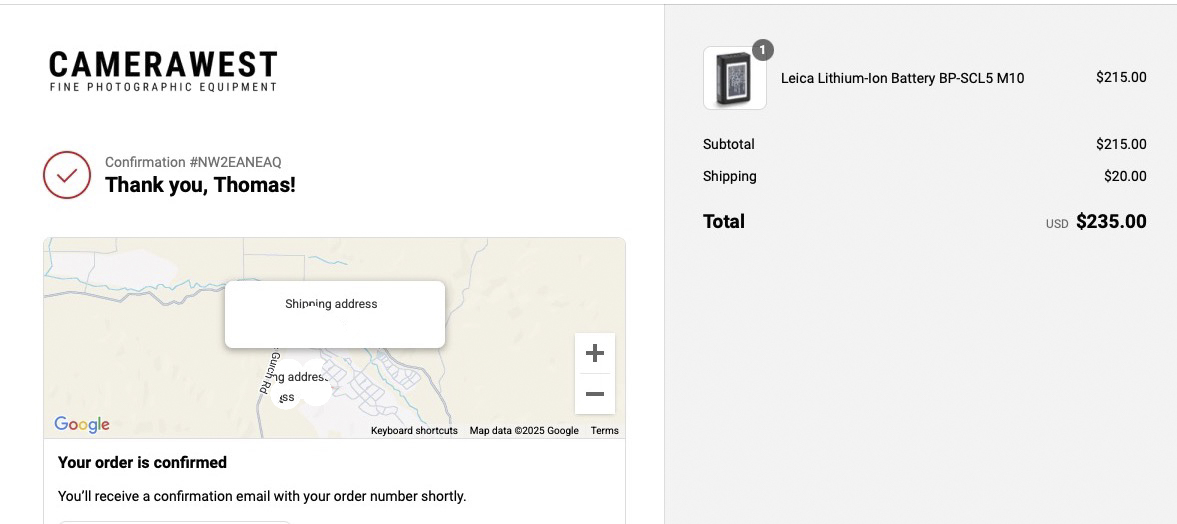
On the way.
From what I have read – who knows if it’s accurate – as long as you keep the battery part charged it should last 5-10 years. Leica’s instruction manual says 4 years but many report their battery running well after this. So I reckon that I have extended the life expectancy of my Leica M10 at least 5 years. Hooray for that.
